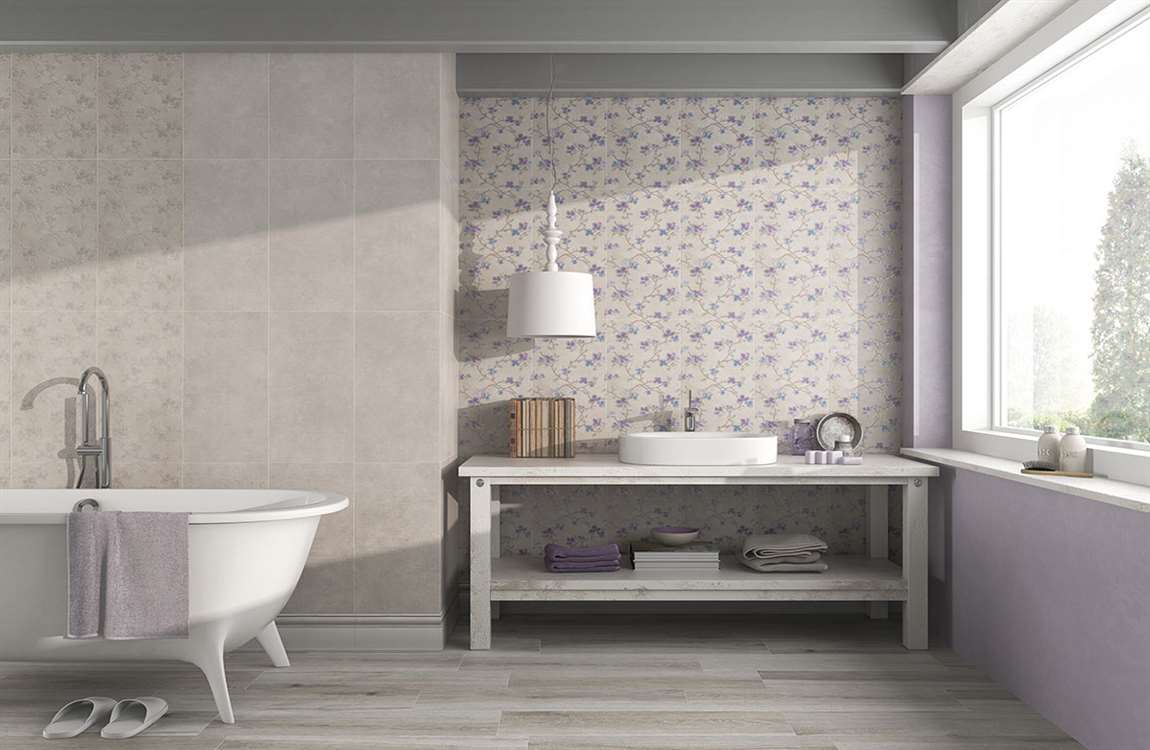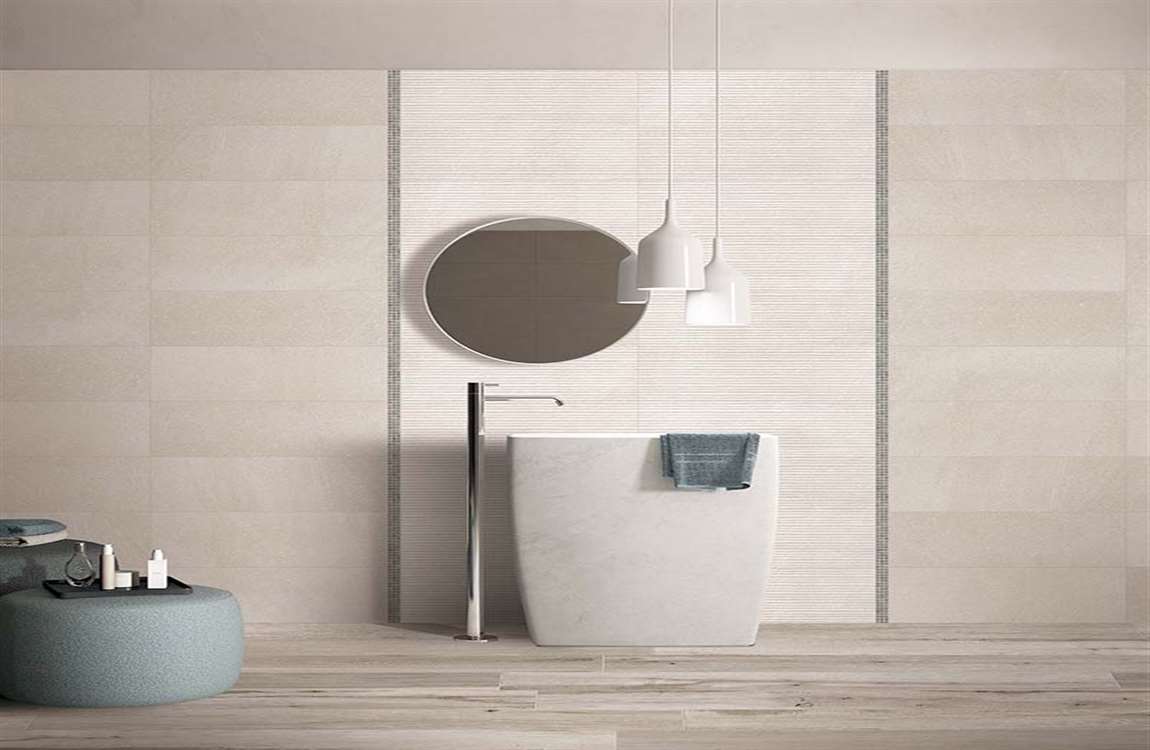How to Clean an Acrylic Shower?
If the highlight of your morning is stepping into a hot, revitalizing shower, chances are you’ve put some thought into the best way to keep your bathroom sanctuary sanitized and sparkling. Luckily, newer showers and shower liners made from synthetics like acrylic are a breeze to clean. That being said, acrylic is a soft material that can easily be scratched or discolored, so it’s important to make sure you have the right tools for the job to avoid causing permanent damage.
The key to cleaning acrylic safely and effectively is to use a mild acid-based solution, followed by a wipedown with a non-abrasive cloth. All-Purpose清洁剂或Bar Keeper’s Friend. Choose a non-abrasive cleaning solution. Acrylic is a soft, malleable finish, which means it can easily be scratched or marked up if you’re not careful. To prevent doing lasting damage to your shower, pick out a product that doesn’t contain any harsh chemicals or astringents.
Your best bet is to use a mild acid-based solution like Lysol Power Bathroom Cleaner, Formula 409 All-Purpose cleaner or Bar Keeper’s Friend. Stay away from any type of astringent cleanser, including Comet, Ajax and Scrubbing Bubbles, as well as solvents like acetone. Whenever possible, using natural derivatives to clean your bathroom will be your safest choice.
Spray the product onto shower stains. Apply the cleaner liberally to areas where grime, soap scum and hard water stains have accumulated. Focus on spots that suffer from visible dirt or discoloration. You may need to use quite a bit of cleaner in order to penetrate multiple layers of dried-on residue.
Be sure to remove all soaps, shampoos and other hygiene products from the shower before you get started so that you can clean underneath them. Pull back the shower curtain all the way and turn on the overhead fan to keep the bathroom properly ventilated while you clean.


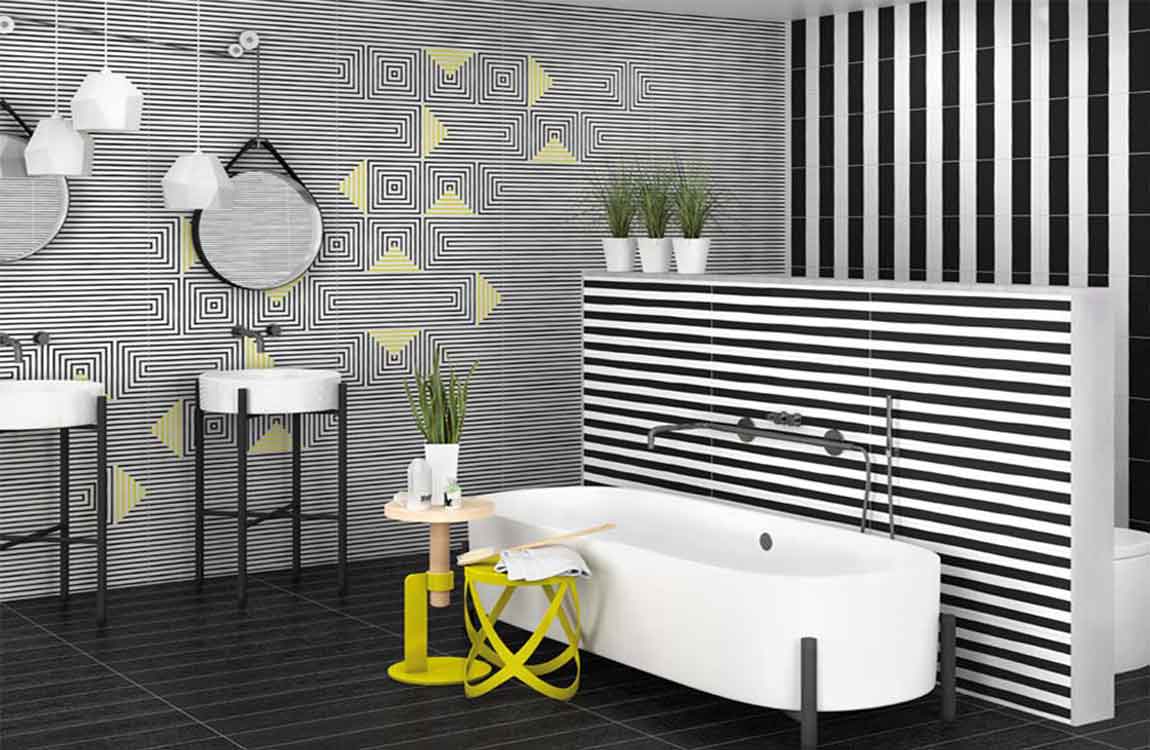

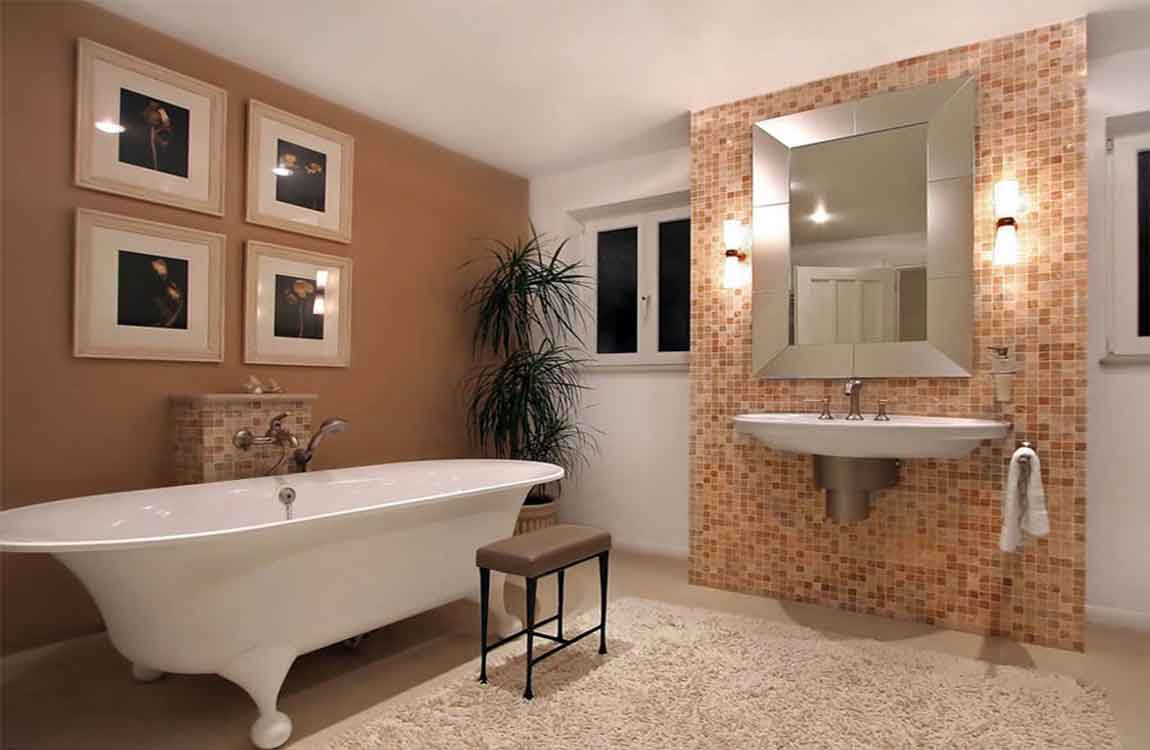
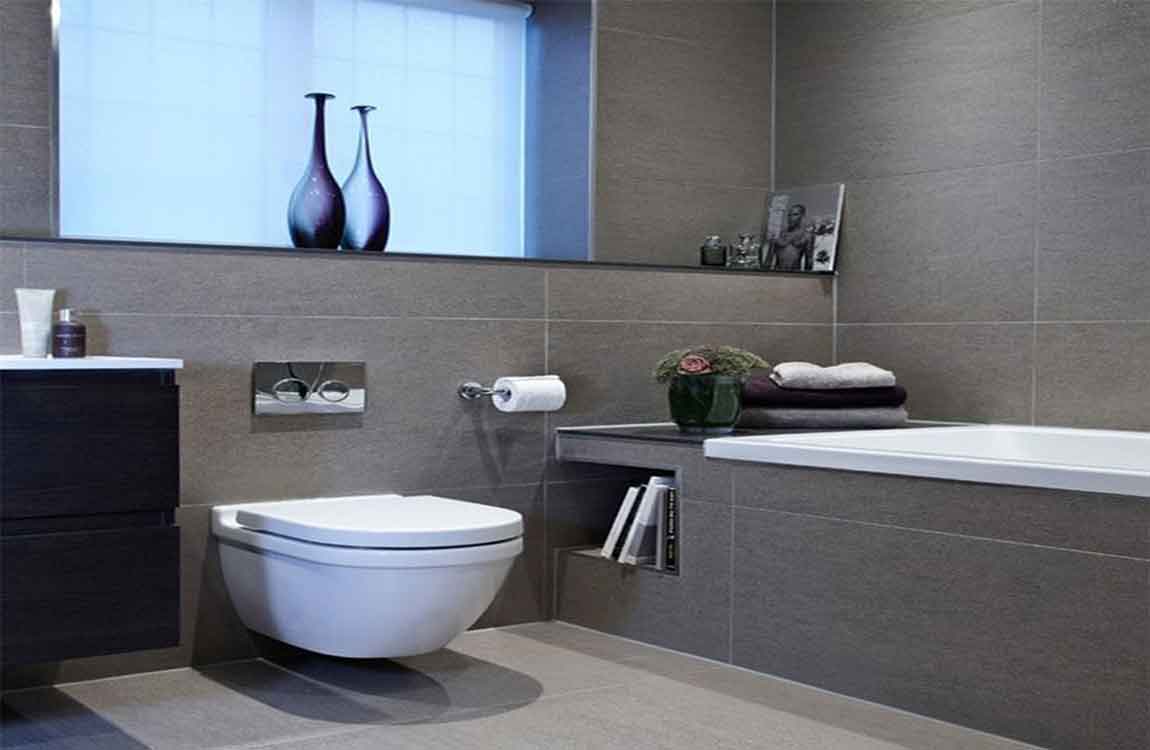
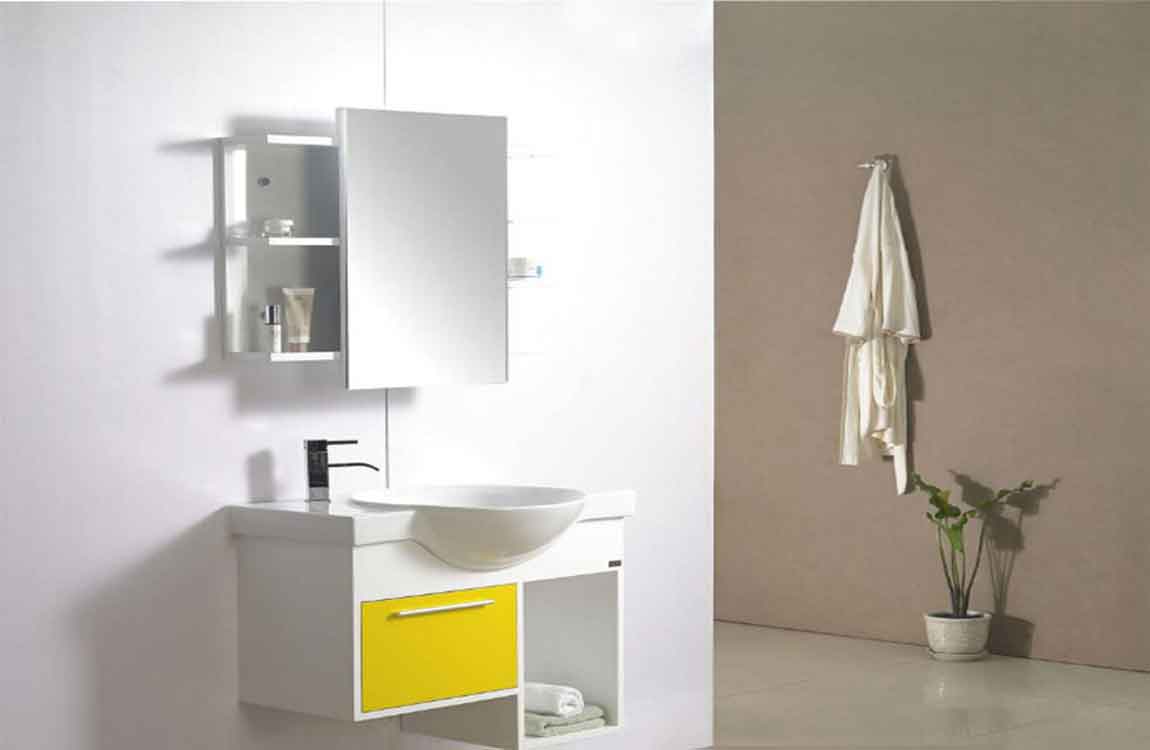

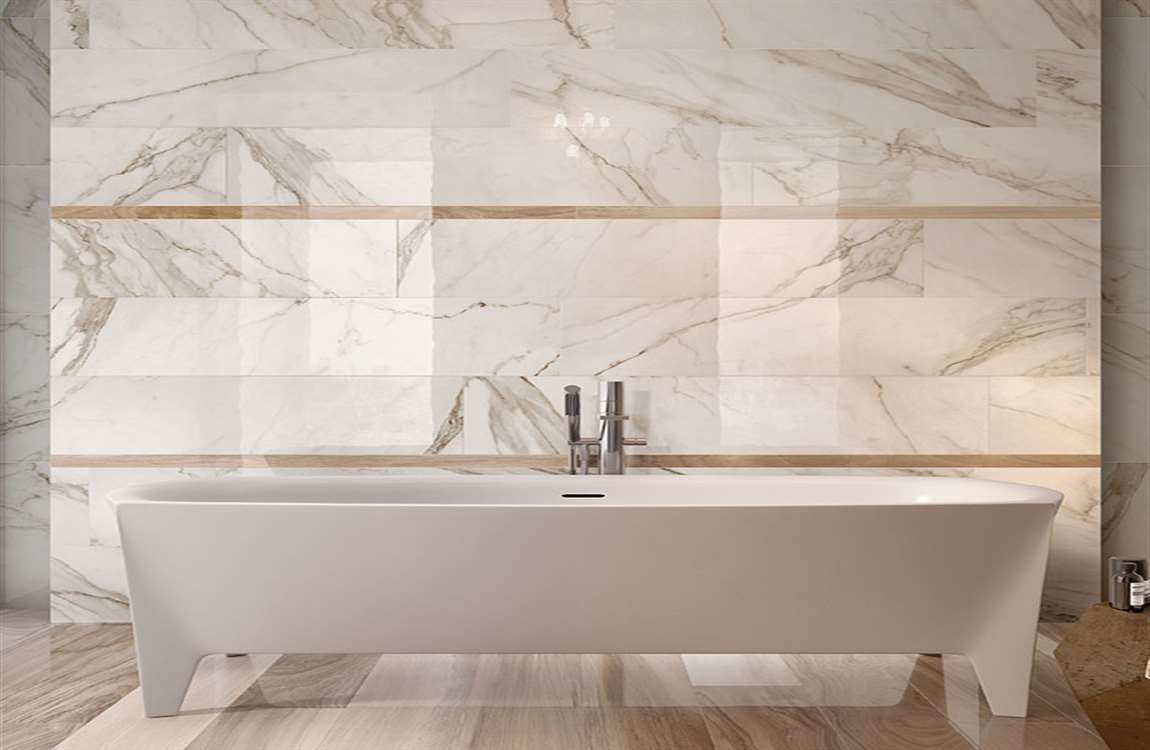
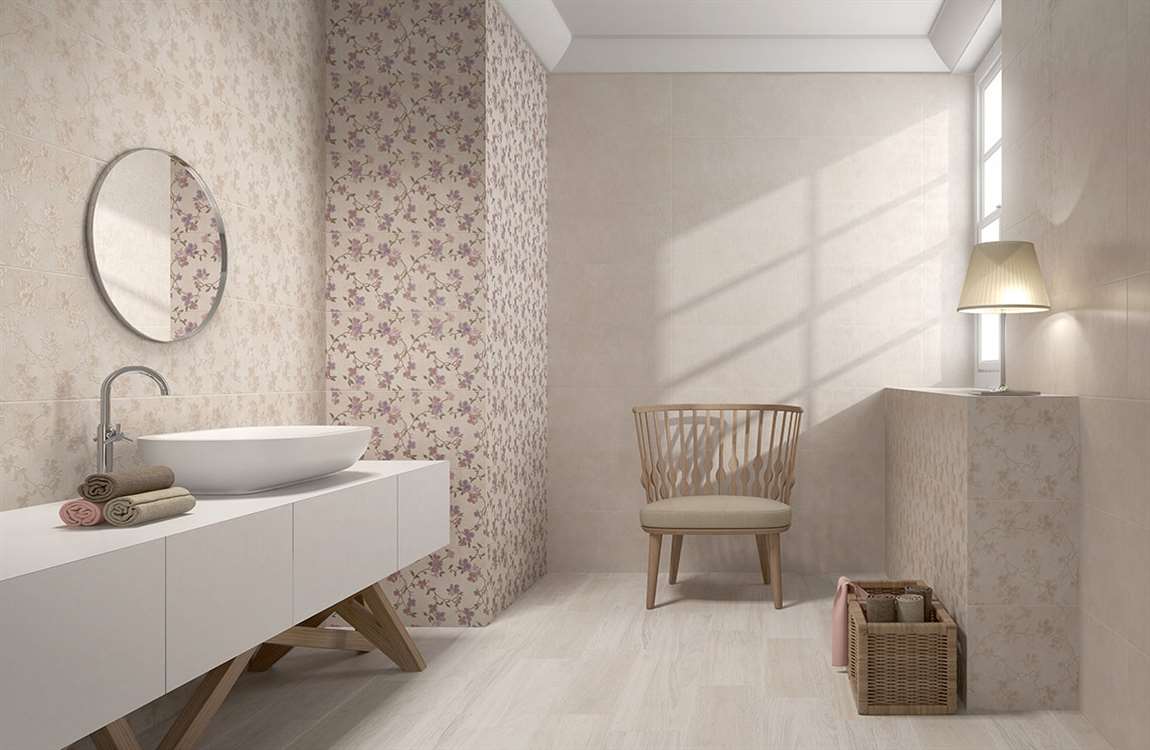 will determine the width of your mirror. Your mirror can be as wide as your vanity or smaller, but is usually not larger than your vanity. A typical rule of thumb is to keep your mirror at least 1 inch (2.5 cm) smaller on both sides than the width of the vanity.
will determine the width of your mirror. Your mirror can be as wide as your vanity or smaller, but is usually not larger than your vanity. A typical rule of thumb is to keep your mirror at least 1 inch (2.5 cm) smaller on both sides than the width of the vanity.